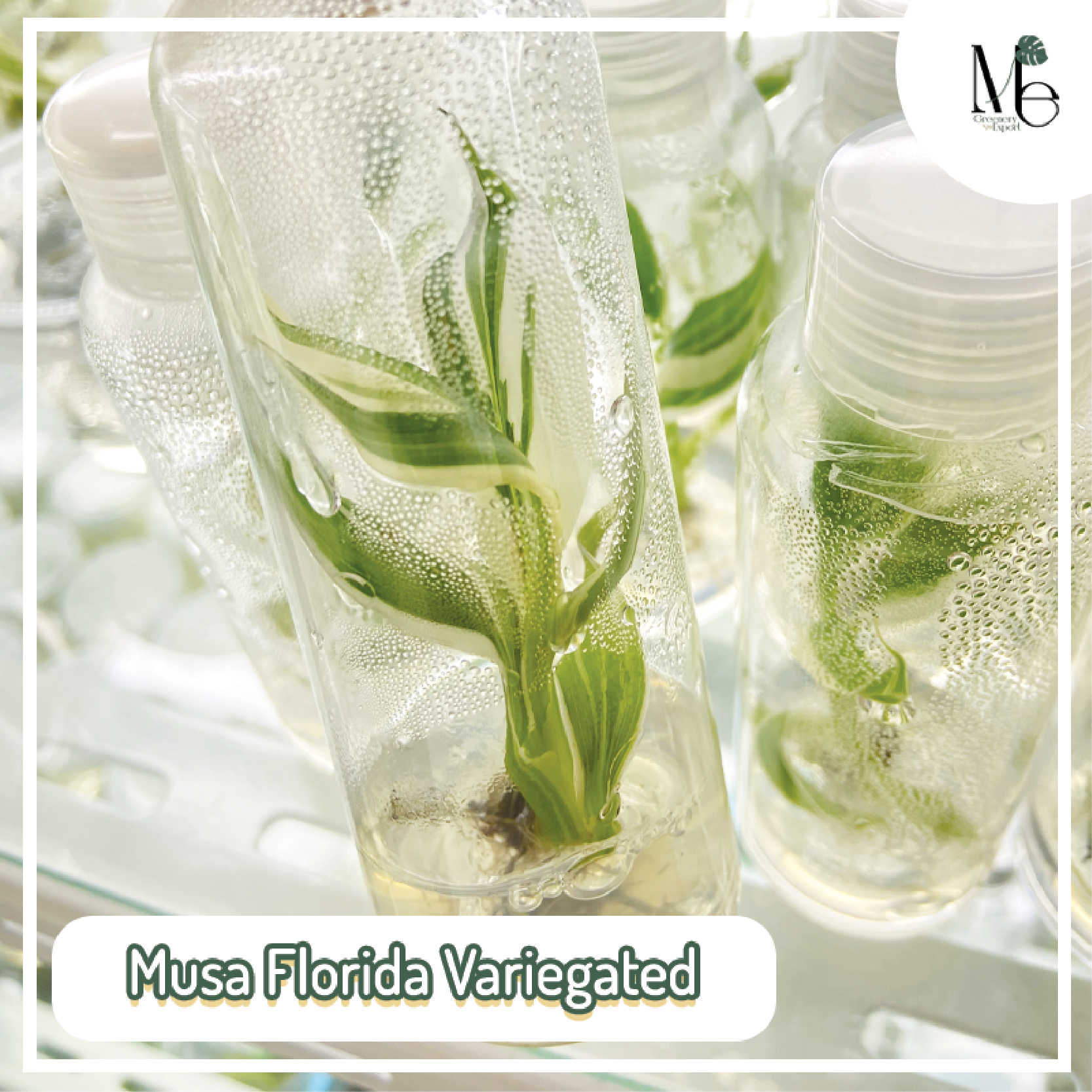Embarking on a journey into the realm of Musa banana plant care, this comprehensive guide unveils the secrets to cultivating, propagating, and maintaining these tropical delights. Dive into the world of Musa, where knowledge and passion intertwine, promising a bountiful harvest and a deeper appreciation for the wonders of nature.
Unveiling the Musa banana plant’s captivating history, distinct physical attributes, and diverse culinary and medicinal uses, this guide paints a vivid picture of this remarkable plant. Delve into the nutritional treasure trove that Musa offers, discovering its rich vitamin, mineral, and antioxidant content.
Musa Banana Plant Description: Musa Banana Plant Care
The Musa banana plant, belonging to the Musaceae family, is native to Southeast Asia. It is a perennial herb that produces edible fruits, commonly known as bananas. The plant has large, elongated leaves that can grow up to 9 feet long and 2 feet wide. The stem, or pseudostem, is made up of tightly packed leaf sheaths and can reach heights of up to 20 feet.
The Musa banana plant is cultivated in tropical and subtropical regions around the world. It requires warm temperatures, high humidity, and well-drained soil to thrive. There are over 1000 varieties of Musa bananas, each with unique characteristics and uses. Some popular varieties include the Cavendish banana, the Red Banana, and the Plantain.
Bananas are a nutritious fruit, rich in potassium, vitamin C, and dietary fiber. They are also a good source of antioxidants and have been linked to several health benefits, including improved heart health, reduced inflammation, and better blood sugar control.
Musa Banana Plant Care

Musa banana plants require specific care to thrive and produce fruit. This involves ensuring proper soil conditions, watering, and fertilization, as well as providing an optimal climate and environment for their growth.
Soil Preparation
Musa banana plants prefer well-drained soil that is rich in organic matter. The soil should have a pH between 5.5 and 6.5. Before planting, amend the soil with compost or manure to improve fertility and drainage.
Watering
Banana plants require regular watering, especially during the dry season. Water deeply and infrequently, allowing the soil to dry out slightly between waterings. Overwatering can lead to root rot.
Fertilization
Fertilize banana plants monthly with a balanced fertilizer. Use a fertilizer that is high in nitrogen and potassium. Avoid using fertilizers that are high in phosphorus, as this can lead to nutrient deficiencies.
Climate and Environment
Musa banana plants prefer warm, humid climates with temperatures between 60 and 90 degrees Fahrenheit. They also require full sun to partial shade. Protect banana plants from strong winds, as they can damage the leaves and fruit.
Pests and Diseases
Common pests that affect Musa banana plants include aphids, mealybugs, and spider mites. Diseases that can affect banana plants include black Sigatoka, Panama disease, and bunchy top virus.
To manage pests and diseases, use integrated pest management techniques. This involves using a combination of methods, such as biological control, cultural practices, and chemical control, to control pests and diseases without harming the environment.
Musa Banana Plant Propagation

Propagating Musa banana plants is a crucial aspect of cultivation and ensuring their continued existence. Several methods can be employed, including suckers, rhizomes, and seeds, each with its advantages and considerations.
Suckers, Musa banana plant care
Suckers, also known as pups, are small, newly formed banana plants that emerge from the base of the mother plant. They possess their root system and can be separated for independent growth.
- Step 1: Identify Suitable Suckers: Select healthy, vigorous suckers that have developed their own root system and are at least 12 inches tall.
- Step 2: Dig and Separate: Carefully dig around the base of the sucker using a sharp shovel, ensuring not to damage the roots. Gently separate the sucker from the mother plant, preserving as much of the root system as possible.
- Step 3: Transplanting: Prepare a planting hole in well-drained soil, amend it with organic matter, and plant the sucker at the same depth it was growing in the mother plant. Water thoroughly and provide support if necessary.
Rhizomes
Rhizomes are underground stems that produce both roots and shoots. They can be used for propagation by cutting them into sections.
- Step 1: Harvest Rhizomes: Dig up the rhizomes from a mature banana plant, ensuring to obtain sections with both roots and buds.
- Step 2: Cut and Prepare: Cut the rhizomes into sections approximately 6-8 inches long, ensuring each section has at least one bud and several roots.
- Step 3: Planting: Plant the rhizome sections horizontally in well-drained soil, with the buds facing upwards. Cover them with 2-3 inches of soil and water thoroughly.
Seeds
Propagating banana plants from seeds is less common due to the long time required and the variability of the resulting plants. However, it can be an option for certain varieties or in specific situations.
- Step 1: Extract Seeds: Extract the seeds from ripe banana fruit by scooping out the pulp and washing it thoroughly to remove the sticky coating.
- Step 2: Germination: Sow the seeds in a seed-starting mix and keep them moist and warm (70-80°F). Germination can take several weeks to months.
- Step 3: Transplanting: Once the seedlings have developed a few true leaves, transplant them into individual pots or containers. Provide them with ample light and water.
Factors Affecting Successful Propagation:
– Healthy source material
– Proper soil conditions
– Adequate moisture
– Temperature and light requirements
– Protection from pests and diseases
Tips for Maximizing Success:
– Use sharp tools to avoid damaging the plant tissue.
– Water regularly and fertilize as needed.
– Provide support to young plants until they establish their root system.
– Protect plants from extreme temperatures, strong winds, and pests.